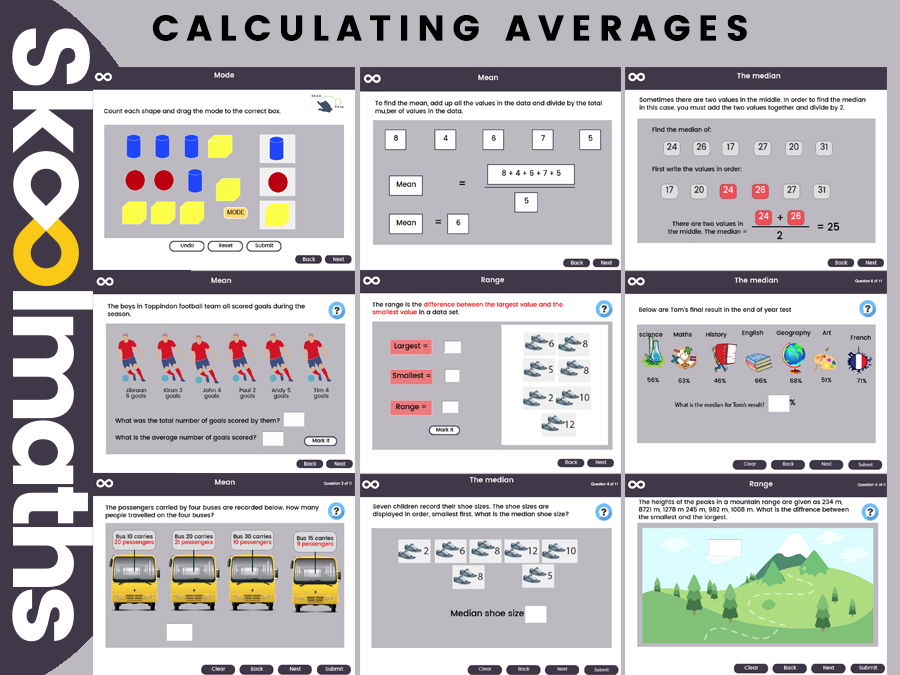

Count how many times each number occurs in the data set. The mode is the number in a data set that occurs most frequently. If there are 2 numbers in the middle, the median is the average of those 2 numbers. Arrange data points from smallest to largest and locate the central number.

The median is the central number of a data set. Add up all of the numbers and divide by the number of numbers in the data set. The mean is the same as the average value of a data set and is found using a calculation. In different ways they each tell us what value in a data set is typical or representative of the data set. Mean, median and mode are all measures of central tendency in statistics.

You can also copy and paste lines of data from spreadsheets or text documents See all allowable formats in the table below. You can see that when the samples are small the sample mean isn’t necessarily a good representation of the population that it was sampled from–and that is not a good thing.įor further reading see the Law of Large Numbers.Calculate mean, median, mode along with the minimum, maximum, range, count, and sum for a set of data.Įnter values separated by commas or spaces.Though the y-values vary here, remember that if the sample were a good estimate of the population, the y-values should be very close to 0. The y-axis shows what the mean is for a sample of that particular size.Each point on the zig-zag line is the mean calculated from a random sample.The animation above shows the values of means calculated from increasingly larger samples: small samples on the left and larger samples to the right (on the x-axis).Pressing ‘Play’ on the plot below will illustrate this concept. On the other hand, the larger the sample, the closer the sample size appraches the population size, and the more reliable the sample estimate becomes. How reliably does the mean of a sample represent the population mean? Warning: if a small sample has been used, the sample mean may not be a reliable at all! Estimates from small samples are subject to the whims of randomness. Remember that the sample mean is an estimate of the entire population’s mean (which would often be impossibly large to measure). To make this more efficient, instead of writing “ \( It’s not typically used in statistics, and we won’t cover it further here. The mode is the value (height, in our case) that occurs most frequently in the data set.When your data are not normally distributed (skewed to the left or right) the median is a more appropriate measure of centrality (see the animation below). When the data are normally distributed, the median and the mean will be very close to each other. Half of the observations lie above the median and half below. The median is the value in the middle of the data set. This is a good measure to use when the data are normally distributed. The mean is the average and the measure of centrality that you are probably most familiar with. Below are examples of different measures of centrality.

We can do this with a measure of centrality, the concept that one number in the “center” of the data set is a good summary of all the values. Although informative, a graphical display of these data is difficult to summarize – we need to describe these heights with a single number that will be meaningful and allow us to do statistics. You’ve just collected a lot data and graphed heights.


 0 kommentar(er)
0 kommentar(er)
